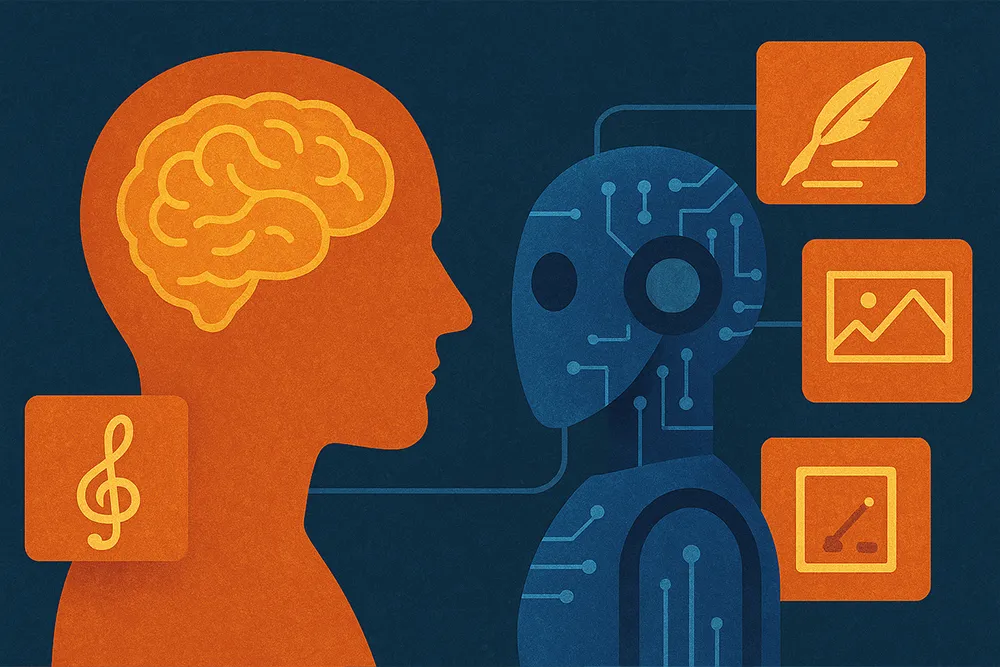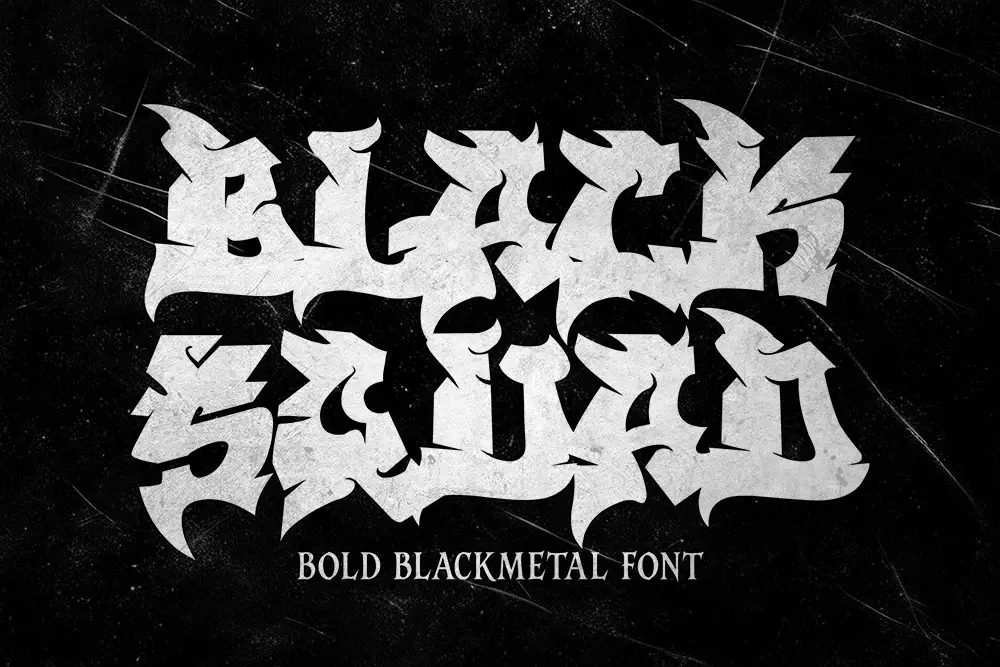
Artificial Intelligence (AI) is no longer just a tool for automation. It’s becoming a key player in creative domains—design, music, writing, and even fine art. But can AI genuinely replace the human spark of creativity? The answer is both exciting and a little unsettling. This article will explore the limits and possibilities, backed by real-world examples and expert opinions.
Before diving deeper, let’s define creativity. Human creativity involves original thought, emotional depth, and cultural context. It draws from personal experiences and social environments. AI, on the other hand, processes vast data sets to generate something new—but is it truly original?
A great example is the AI-generated painting that sold for $432,500 at Christie’s. While impressive, it was created using algorithms trained on thousands of portraits. So, is that creative genius or just advanced mimicry?
AI has undeniable advantages. For instance:
In fact, tools like Canva’s Magic Design and ChatGPT are already helping businesses and creators speed up content production. Figuree Studio uses such AI-powered tools to support, not replace, its human designers.
Despite the hype, AI struggles with creating emotionally resonant work. A machine doesn’t experience joy, sorrow, or nostalgia. These are the feelings that make human art so powerful.
For example, a poem generated by AI might rhyme perfectly but feel hollow. It lacks the emotional weight carried by poems born from lived human experiences.
Moreover, AI lacks cultural sensitivity and nuanced understanding. It might unknowingly produce content that’s offensive or contextually inappropriate.

Rather than viewing AI as a rival, many experts suggest seeing it as a collaborative partner. This hybrid model leverages the strengths of both humans and machines:
According to Harvard Business Review, companies that blend AI with human creativity outperform those that rely on either alone.
At Figuree Studio, our team embraces AI as a creative assistant. We use AI-generated drafts as starting points, then infuse them with human emotion and cultural insight.
Another big question is ownership. If an AI creates something based on existing works, who owns the rights? This is an ongoing legal grey area. Creatives must be cautious and ensure their work is both ethically and legally sound.
AI is transforming the creative landscape, but it’s not here to replace human creativity. The emotional depth, cultural context, and original thinking that humans bring to the table remain irreplaceable.
By embracing AI as a tool—not a threat—creatives can enhance their productivity while preserving the soul of their work. As we move forward, the most successful creatives will be those who blend machine efficiency with human brilliance.
For more on how AI and human creativity can coexist beautifully, visit Figuree Studio’s blog for expert tips and insights.
Ready to supercharge your creative process with AI? Contact Figuree Studio today and let’s create something extraordinary—together.
 Black Squad – Bold Blackmetal Font
$21 – $1,299Price range: $21 through $1,299
Black Squad – Bold Blackmetal Font
$21 – $1,299Price range: $21 through $1,299 Synthetix - Futuristic Techno Font
$21 – $1,299Price range: $21 through $1,299
Synthetix - Futuristic Techno Font
$21 – $1,299Price range: $21 through $1,299 Ignazio - Modern Sans Serif
$21 – $1,299Price range: $21 through $1,299
Ignazio - Modern Sans Serif
$21 – $1,299Price range: $21 through $1,299
Elevate your projects with premium freebies. Fonts, graphics, and templates handpicked for creators like you — download them all today, free forever.
Download Freebies